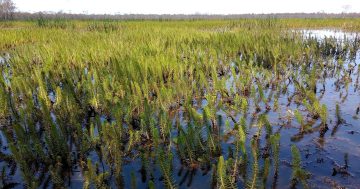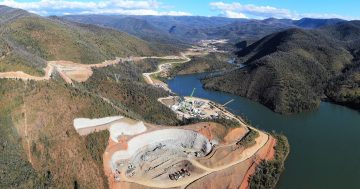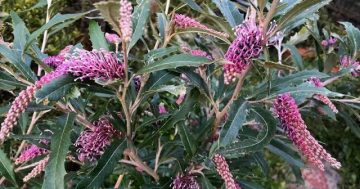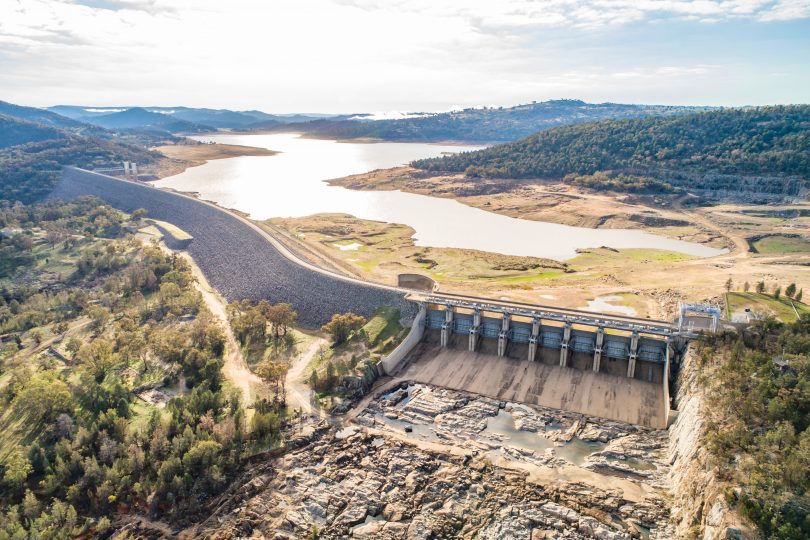
Wyangala Dam, west of Cowra, in July 2020 when water storage dropped to 17.3 per cent. Photo: Water NSW.
A proposal to raise the wall at Wyangala Dam, west of Cowra, by 10 metres will swallow generations of land and cost the government millions – possibly billions – of dollars, but won’t significantly improve water security in the Lachlan Valley, say locals.
Documents released to the Greens show the NSW Government has more than doubled its forecasted cost of raising the wall from $650 million to somewhere between $1.2 billion and $2.1 billion, The Sydney Morning Herald previously reported.
Now some of the 174 submissions to a parliamentary inquiry that’s investigating the need for the project – which is supposed to increase the dam’s capacity by about 53 per cent – show the dam rarely fills to capacity and that local groups and Cowra Council remain sceptical about the project’s ability to improve water security in the Lachlan Valley.
NSW Farmers’ Upper Lachlan Branch says the dam has “rarely been full” since the wall was extended in 1971.
“At the time of writing, the current Wyangala Dam is just over half full after what has been an autumn and winter of reasonable rainfall,” the branch said in its September 2020 submission.
Its members suggested the money should be spent on clearing siltation to extend the current dam’s “useful life”.
“The quality and productivity of agricultural land in the shire is being significantly degraded due to the loss of topsoil and associated chronic erosion,” the branch said. “This is not a new problem, nor is it unique to our shire. Investing taxpayer money in raising the Wyangala Dam wall without adequately addressing siltation is not a cost-efficient approach.”
The branch also says there has been a lack of “respectful consultation” from Water NSW, which is managing the project.
“Landowners directly impacted by this decision were not consulted prior to a public announcement that the project was ‘shovel ready’,” said the branch.
“Details of the proposal, an environmental impact study and benefit-cost analysis – including the impact on existing infrastructure and current land use practices – have not been made available for comment. This is not how we would expect a democratically elected government to behave, and could be a case of misfeasance.”
Upper Lachlan Landcare members agreed with this and expressed concerns about the lack of transparency since the project began.
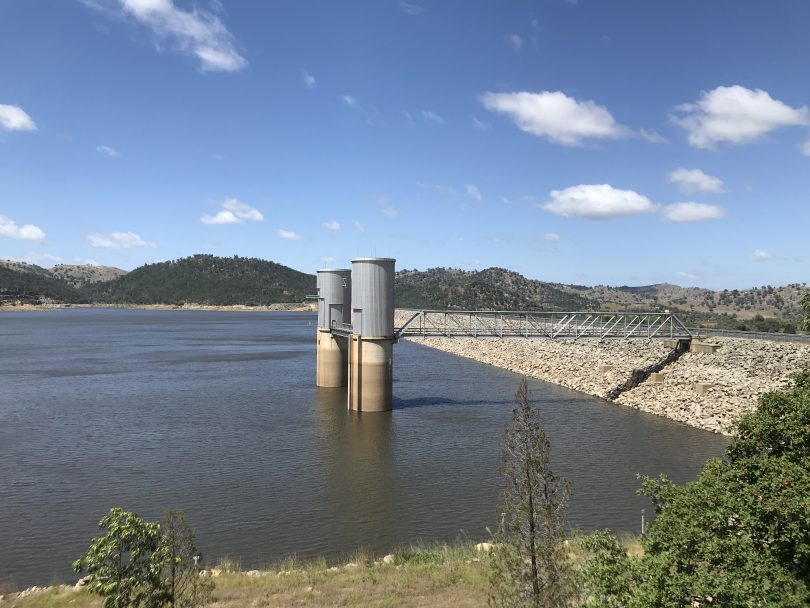
The wall of Wyangala Dam will be raised by 10 metres if approved by the NSW Department of Planning, Industry and Environment. Photo: Hannah Sparks.
“Many of our members remain perplexed by the rationale behind the dam wall increase,” said the group. “We would urgently like access to the data showing the return on investment and likely water yield of the higher wall. Particularly in light of lower rainfall expectations in the years and decades ahead.
“Reduced rainfall in the past 20 years, most likely due to climate change, is set to continue. The dam was at 4.5 per cent in 2009. A higher wall does not make it rain more.”
Upper Lachlan Landcare also said landholders are sceptical about guaranteed water allocations.
“Many landholders are sceptical of the benefits of more drought feed being available given the obvious corruption and mismanagement of irrigation water in the Murray-Darling Basin,” said the group. “We require clear signs of who the beneficiaries of this proposal are.
“Professor Peter Cullen once described the Lachlan River as the most overallocated and politically corrupt river system in Australia. We would like the confidence that this is not a further waste of public money and an ill-conceived plan by people ignorant of the big picture complexities of landscape and water management.”
Upper Lachlan Landcare members also asked how it was possible for early works to begin in 2020 before an environmental impact statement had been lodged with the NSW Department of Planning, Industry and Environment.
“Cart before the horse,” said the group. “Or is this a rubber-stamping process in the political/planning realm now? Community consultation has been light, to say the least, and left until the politicians have had their ‘utopia like’ sod-turning moments.”
Cowra Council has thrown its support behind the project, but also holds concerns about water security, the environmental benefits, how much water will reach the lower parts of the Lachlan River system, flood mapping and requirements for community consultation.
However, Water NSW maintains the project will go ahead as soon as it receives planning approvals, with full construction slated to begin in October 2021.







